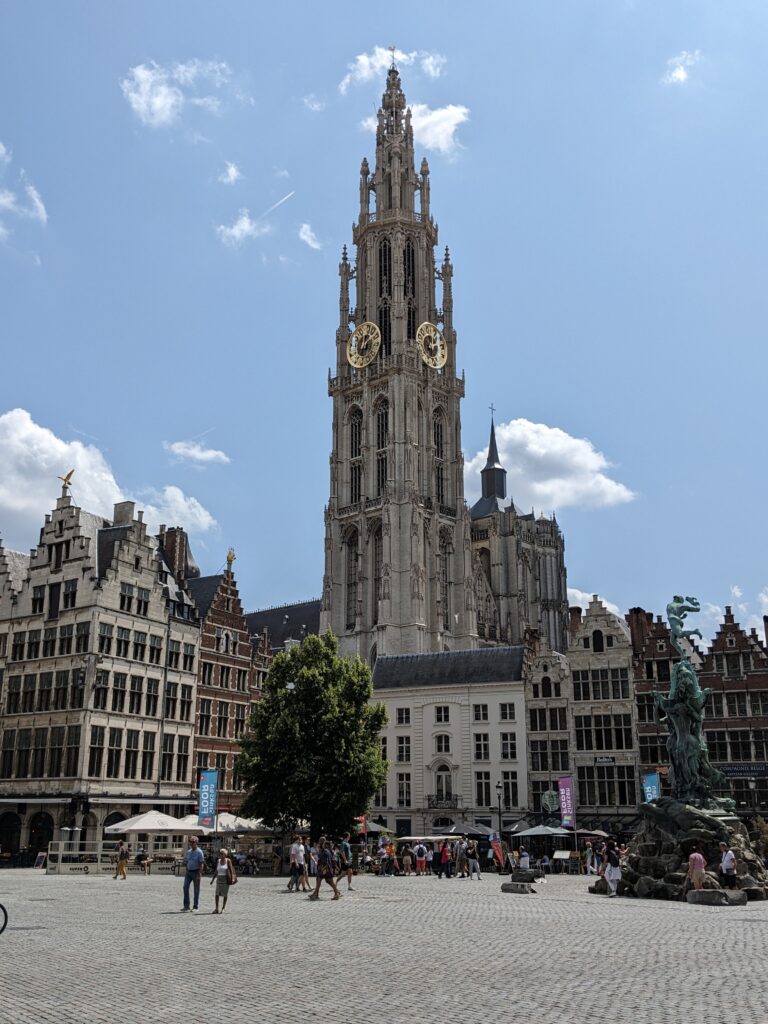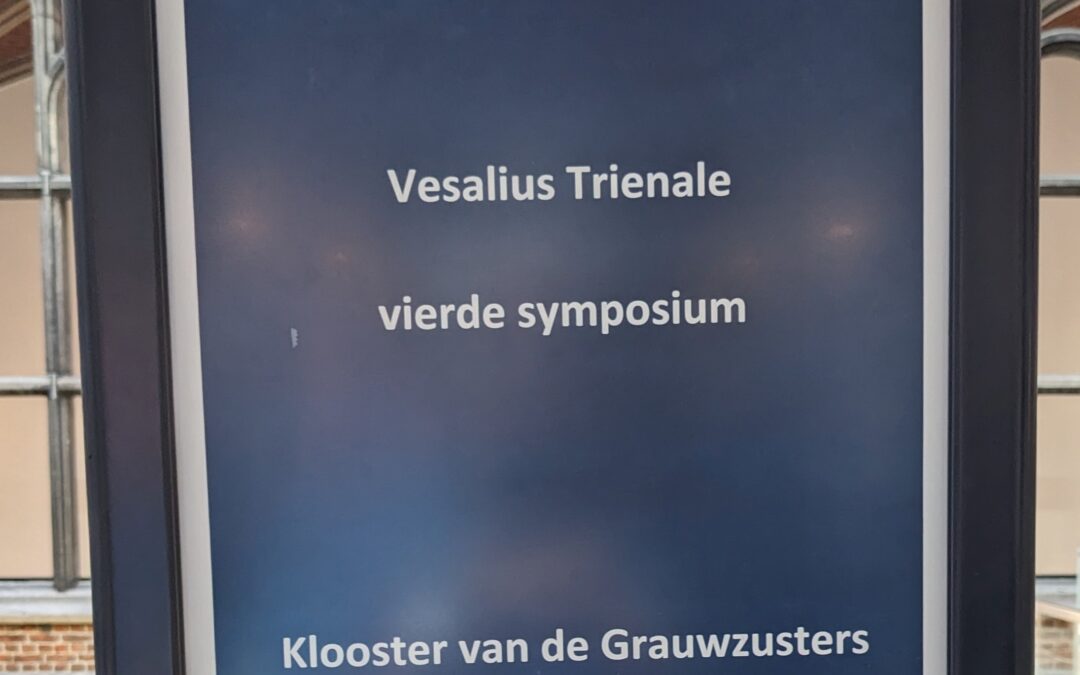2014 was a big year for Andreas Vesalius. It was the great anatomist’s 500th birthday – a great milestone if your name is still spoken after five centuries. Devoted Vesalius fans could not let that year pass without gathering on the Greek island of Zakynthos, where he died in 1564, to celebrate his life and work.
Back then, I had just started writing The King’s Anatomist, and a lucky coincidence of travel timing brought me near enough to Zakynthos to get to the meeting. Attendees came from far and wide with diverse disciplines – anatomy, medical history, art history, medical illustration, visual arts – and a few like me, a dilettante with not much else in the way of relevant training or experience.
I’m glad I made the effort. Not only did I benefit from a first-hand experience of a location that would become an important setting in my novel, but I met serious scholars devoted to closing the gaps in his timeline, plumbing his personality, and deconstructing the text and illustrations of his 1543 masterpiece, De humani corporis fabrica, or The Structure of the Human Body.
The meeting organizers resolved to reconvene every three years to carry the torch. They met again on Zakynthos in 2017; the pandemic drove it to Zoom in 2020. I missed both of these. But now, nine years later and twenty months after the publication of The King’s Anatomist, I took myself to Antwerp, Belgium for the fourth installment.

Why did I go? For one thing, there’s always more being dug up about Andreas, and this meeting featured people who are digging with a passion. Some of them graciously shared their knowledge as I wrote my book. For another, I hoped to have enough of that passion rub off on me to move further ahead on a sequel.
I arrived in Brussels (Vesalius’s home town) after an overnight flight surprisingly clear-headed, with enough time to clear customs, grab some breakfast, and find the train for the 35-minute ride to Antwerp. Trains that fan out to all parts of Belgium come to a station in the Brussels airport. What a concept.
The conference took place in a modernized 18th-century building at the University of Antwerp. To be honest, the average citizen would have trouble staying conscious during the presentations, but they were catnip for this crowd. To wit: why did Vesalius choose a Basel publisher when there were fine printing houses nearby in Italy? What’s the story behind those fancy initials starting each chapter of the Fabrica? What was Vesalius like as a young professor? Isn’t it time that the anatomist Giovanni Canani of Ferrara got his due as a worthy contemporary? What does a letter Vesalius wrote to a colleague about a guy with urinary problems tell us about Vesalius the physician? Why can’t anatomical drawings ever be too big?
If you’re not inclined to stick around for the answers, I understand. But you might be intrigued by a presentation on the years-long quest by an intrepid group of researchers to unearth Vesalius’s remains on Zakynthos.
The researchers will readily acknowledge that this is a quixotic undertaking. The church and graveyard where Vesalius was interred was totally destroyed by an earthquake in the 1950s. The site, with church wreckage and a large jumble of corporeal remains, now sits under a residential street (I stood on that street in 2014). To make matters worse, the local citizenry is by no means convinced that tearing up the street to search for the remains of their most famous dead tourist is a winning proposition. Yes, DNA is available from Vesalian descendants, and finding any bone of his would be nothing short of amazing. But why, you might ask, find his bones at all? That he’s down there somewhere is not in dispute. Well, it’s not just any bone that they’re after – the real prize is the (intact) skull so that his face can be reconstructed from it.
I know, I know – but I cannot overstate how determined these people are. If they ever get a chance to do that search, I’ll be rooting for them.
The organizers invited me to bring along some of my books to sell to the 60 or so attendees. I brought sixteen, guessing that I should be able to get 25% of this highly self-selected group to spring for it (I did sell all of them – The King’s Anatomist has gone international).
I had a day or so on either end of the conference to explore the host city. Sixteenth-century Antwerp was a major port with a cosmopolitan ambiance, and still is. It was a joy to walk the Old City, with its world-class cathedral, old market square, shops and cafés. Many superb museums await, and a great zoo. Bicycles are everywhere. And there are the frites, the beer, the chocolate, and waffles, all of which makes Belgium famous out of proportion to its size, about that of Maryland.

